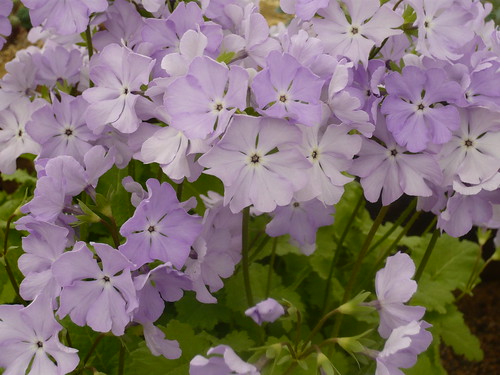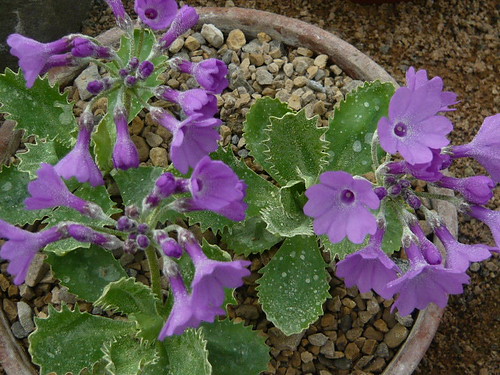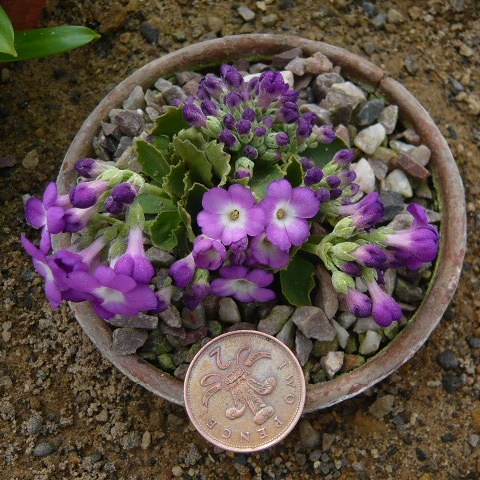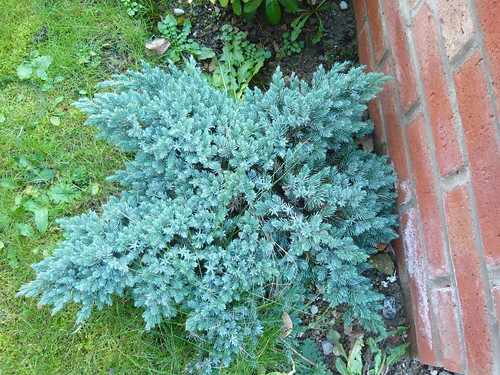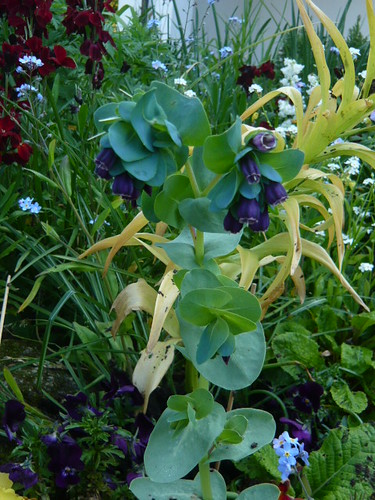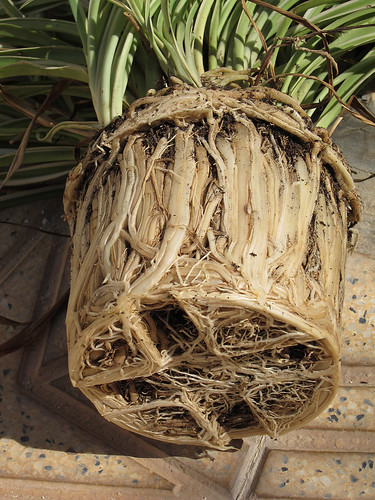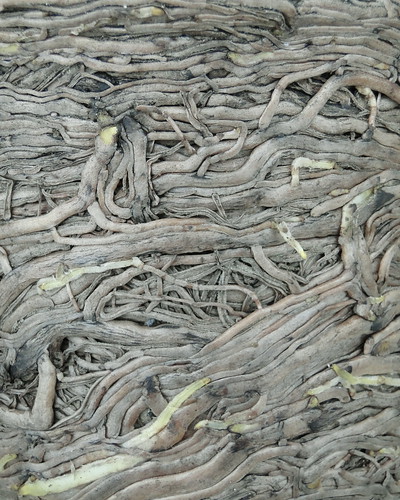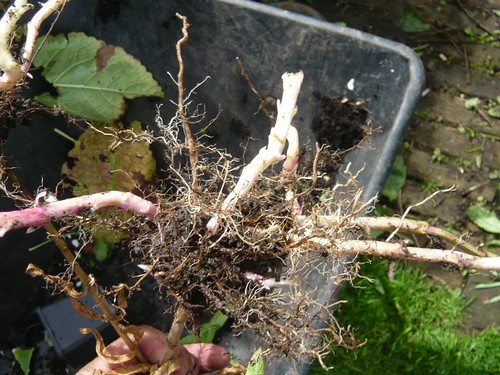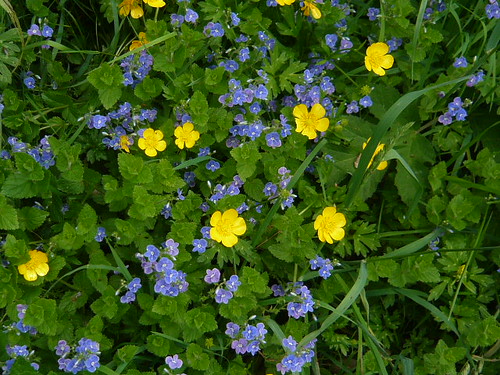Easy Phalaenopsis Orchids

Some orchids are temperamental but this Phalaelenopsis has give unstinting blooms for eight months on the trot without any trouble. Growing on one stem which branched into three side shoots there were upto 20 flowers on the Orchid at anyone time. The variety must be resilient as we gave it no special treatment but these Phalaelenopsis or Moth Orchids are one of the easier Orchids to grow.
Orchid Flowering Tips
- Orchids like a humid atmosphere but apart from keeping the soil moist, not heavily watered this plant thrived on a north facing window sill.
- We don’t have under the window radiators so there was no dramatic drying
- This plant wasn’t fertilized but we didn’t get any new leaves either so perhaps we should have encouraged new growth for next season.
- The stem has now been cut back by a half to just above a joint. New flowers may grow and if not the plant will be given a rest in a light bathroom. Looking at the Orchid I see a new flower shoot growing from a leaf joint so there are more flowers to come
- Wipe the leaves to remove dust but do not let water stand on the leaves.
- Phalaenopsis like warm, shady conditions so fit in well to most modern homes.
- Leaves are important to the health and flowering ability of the plant. They should be turgid and glossy and mine are 9 inches long and about 4 inches wide.
